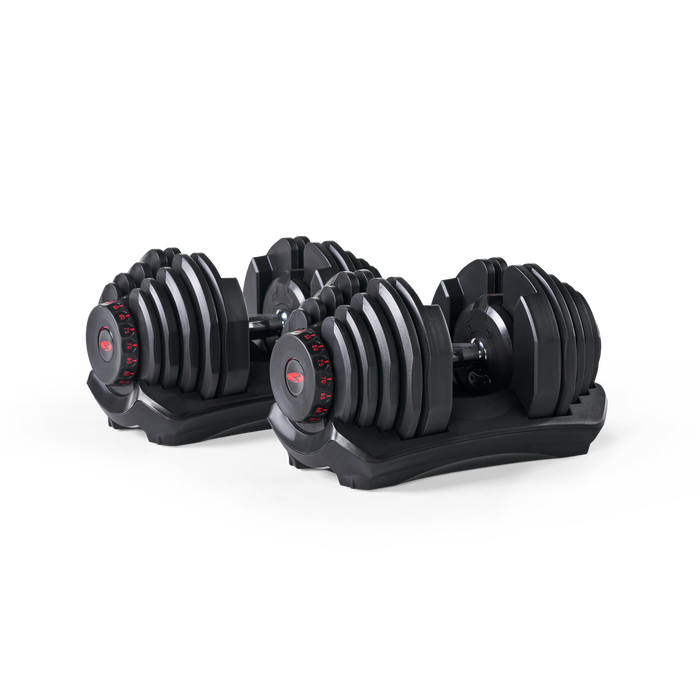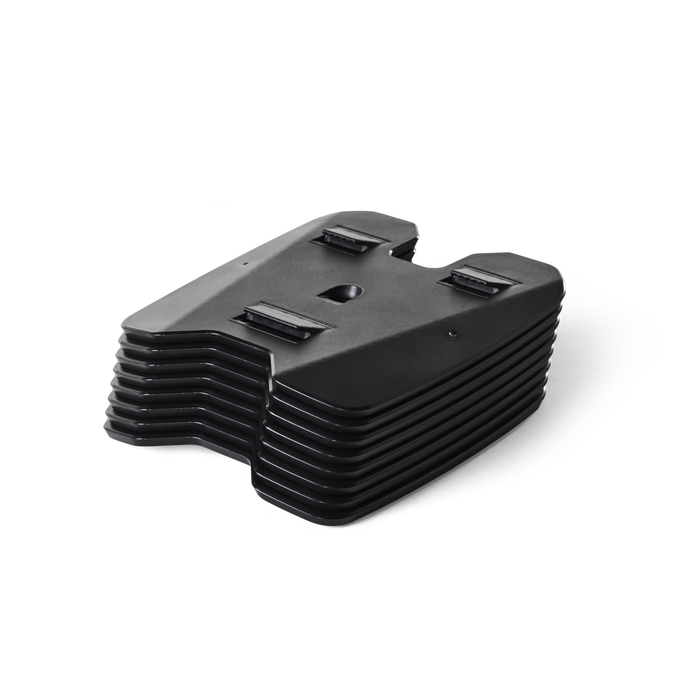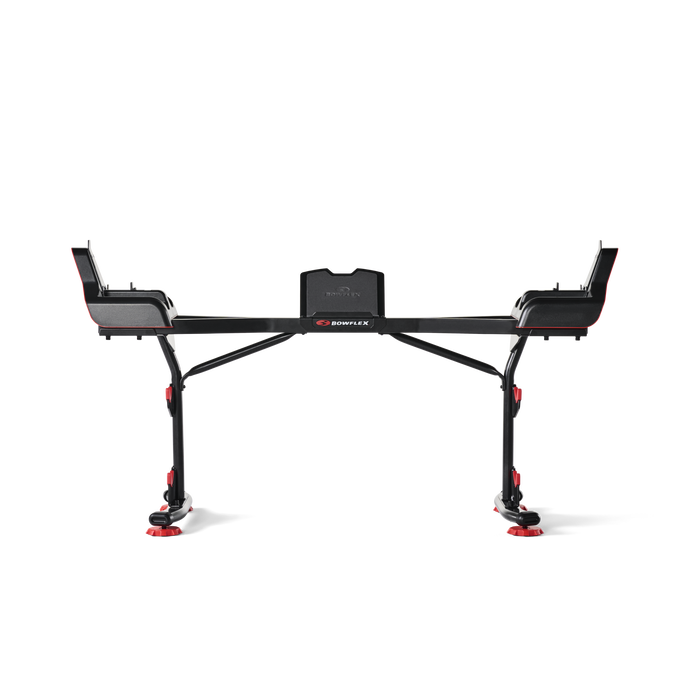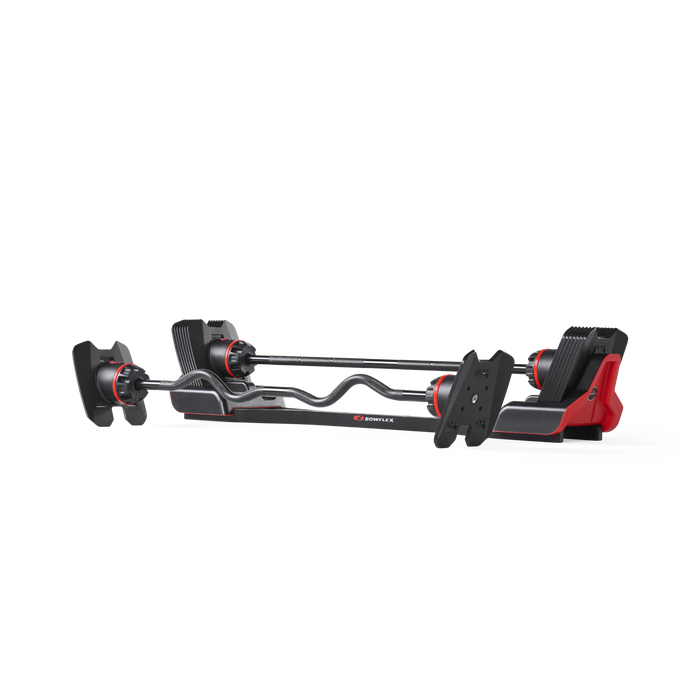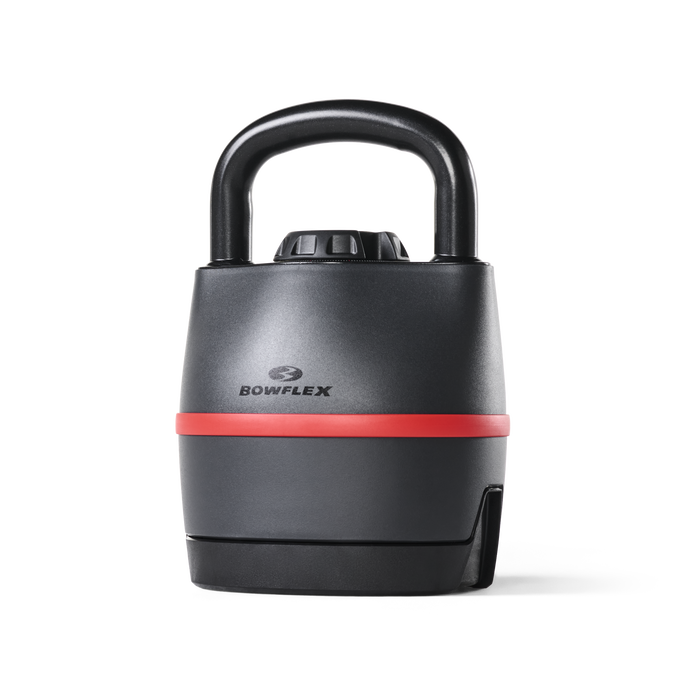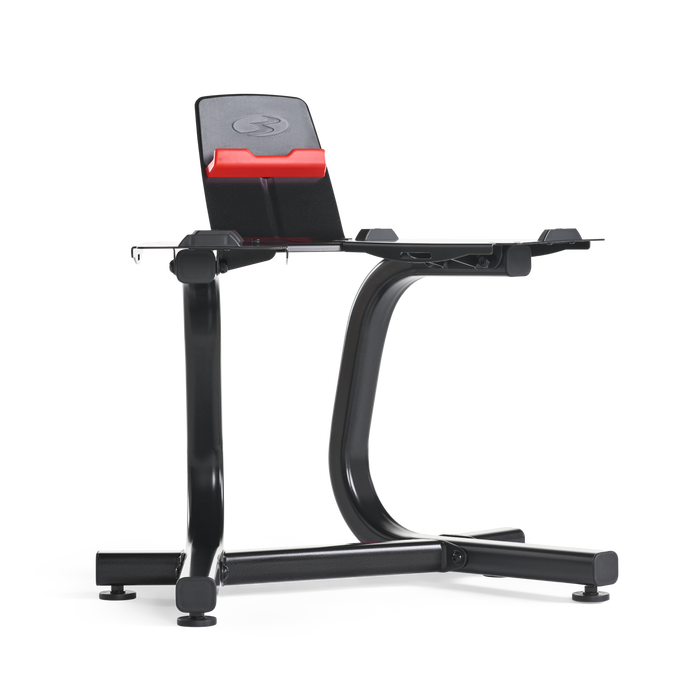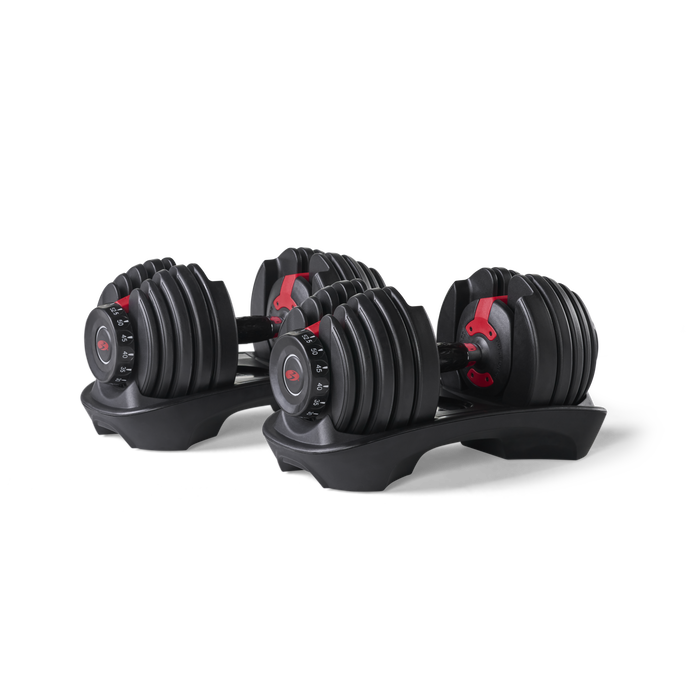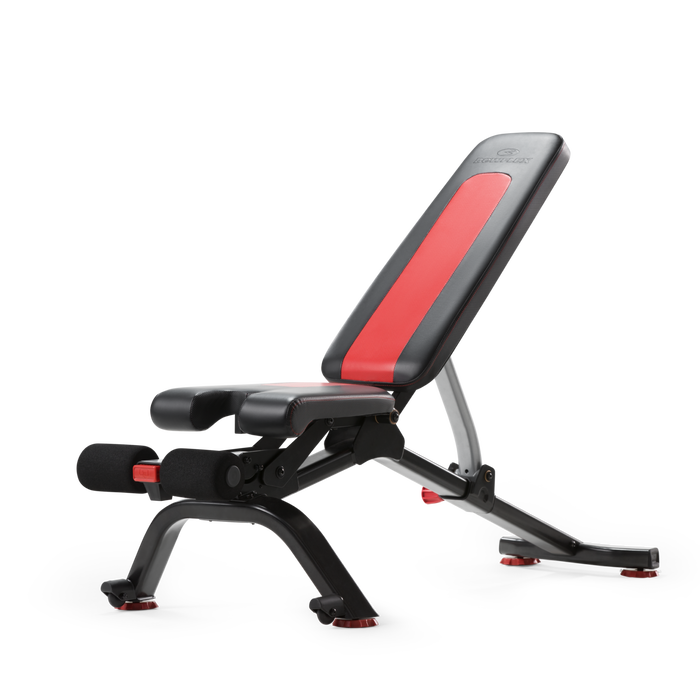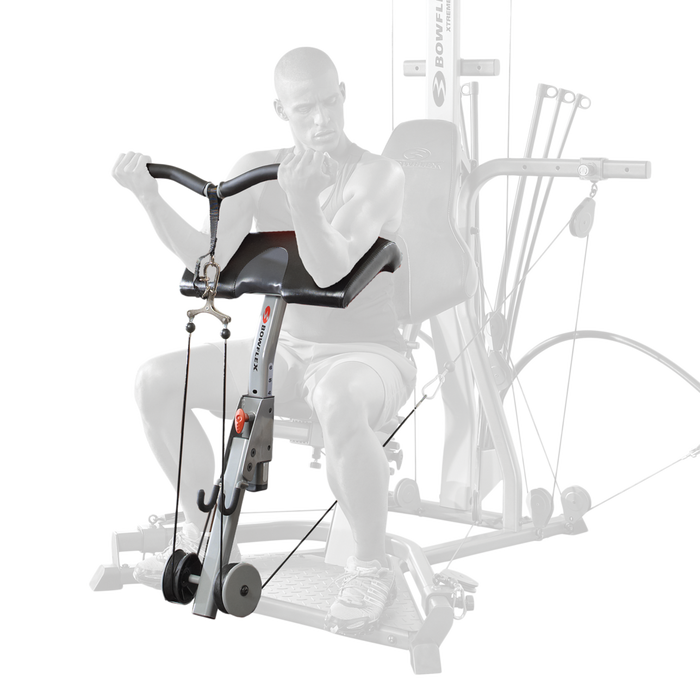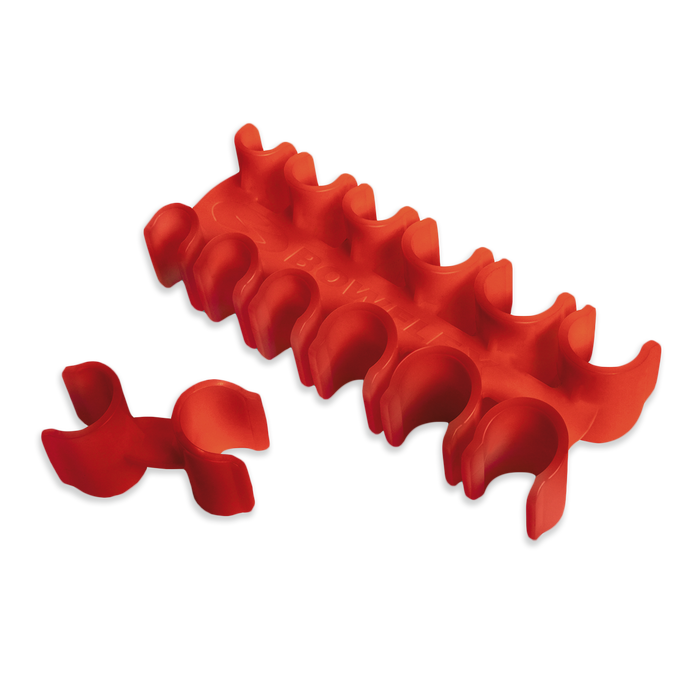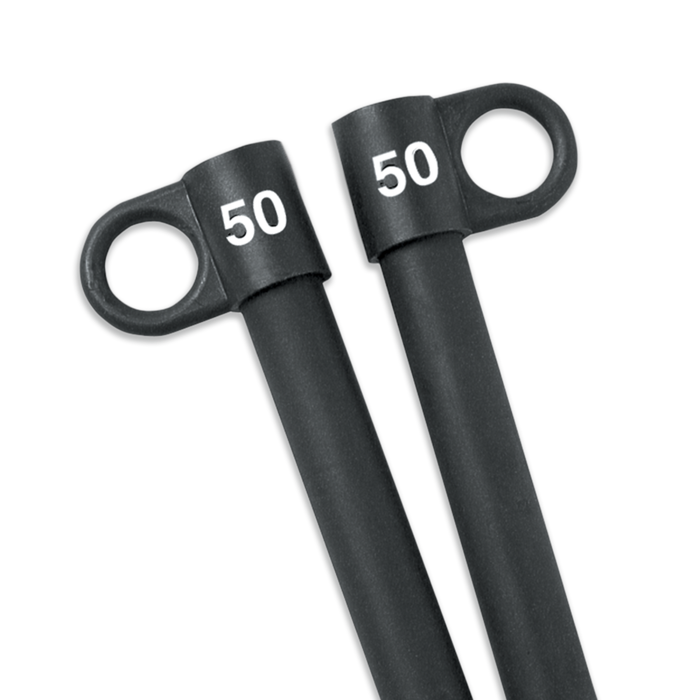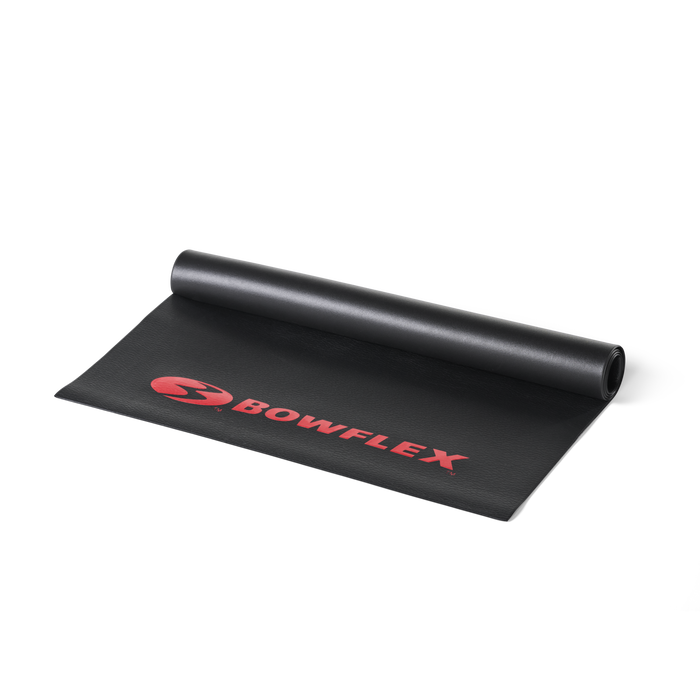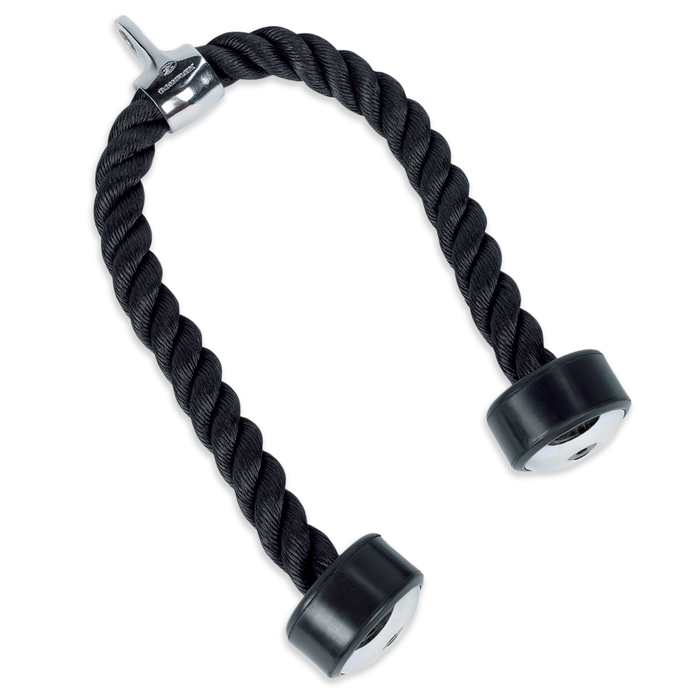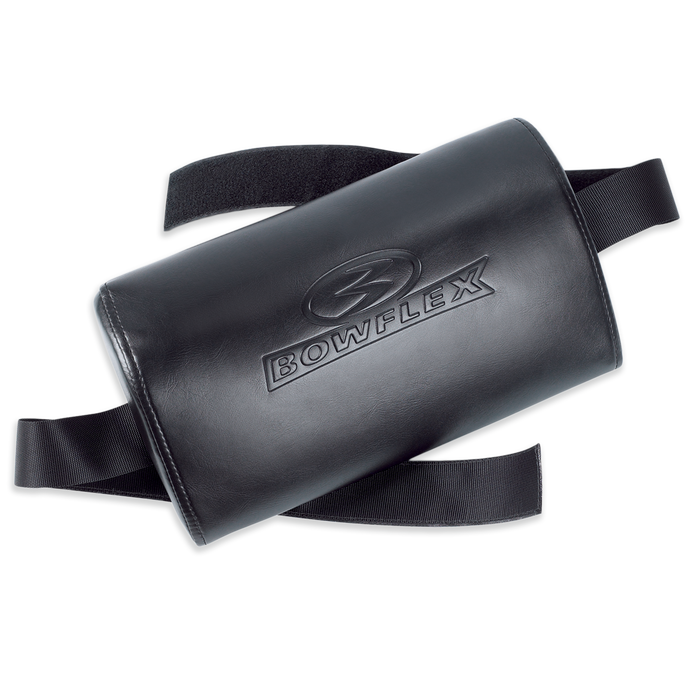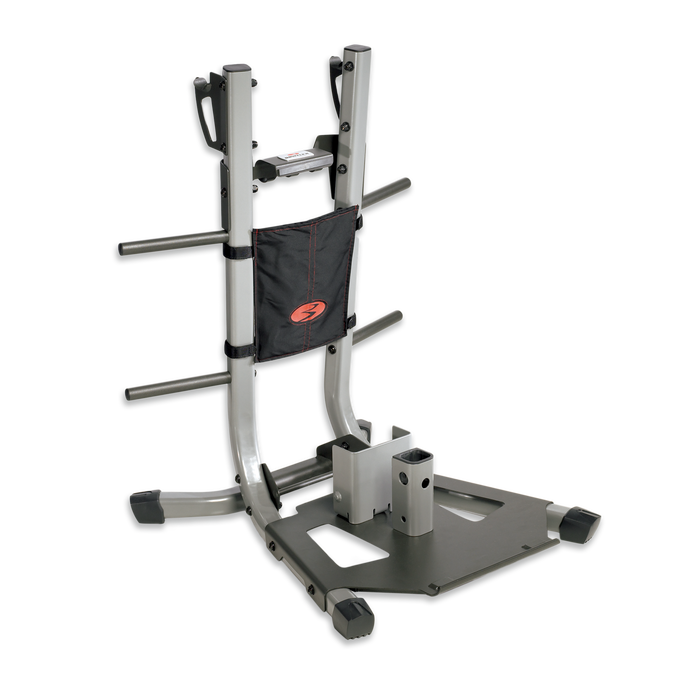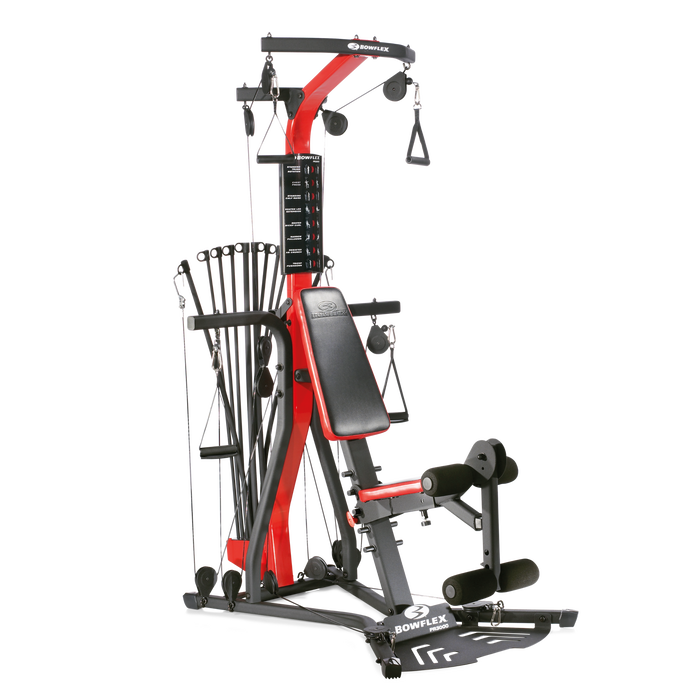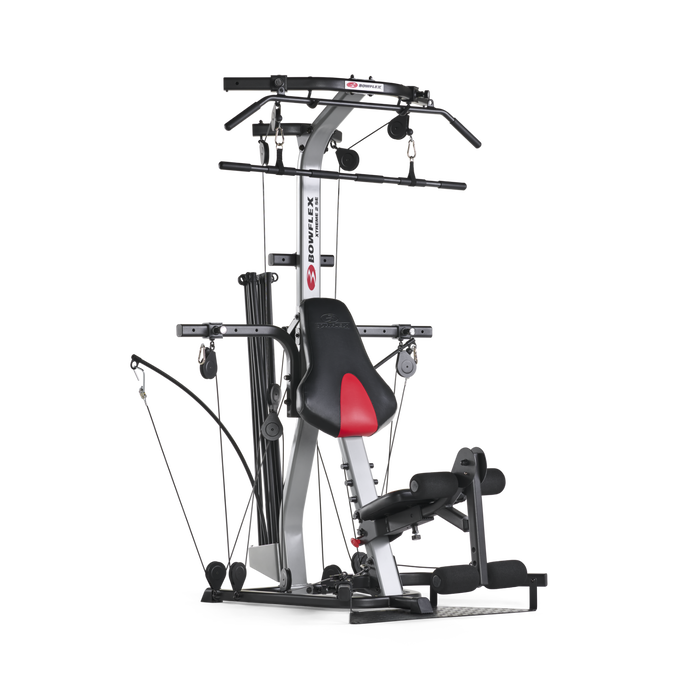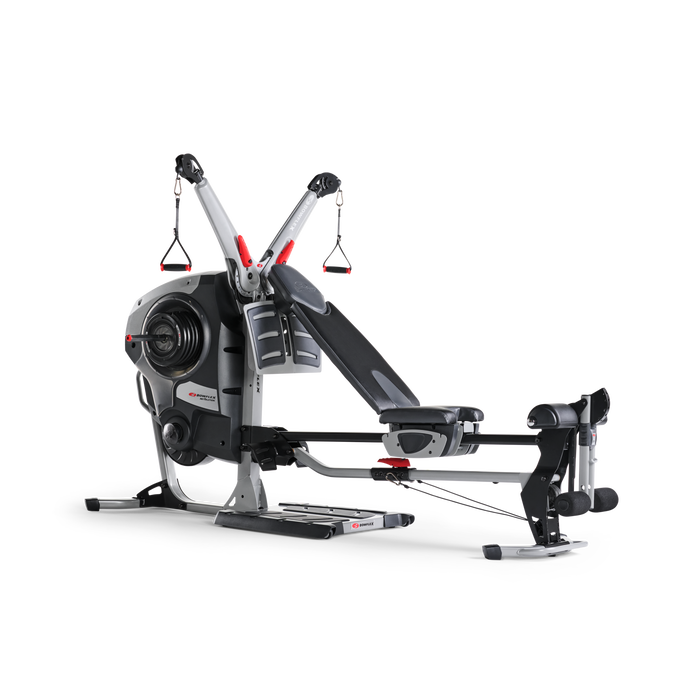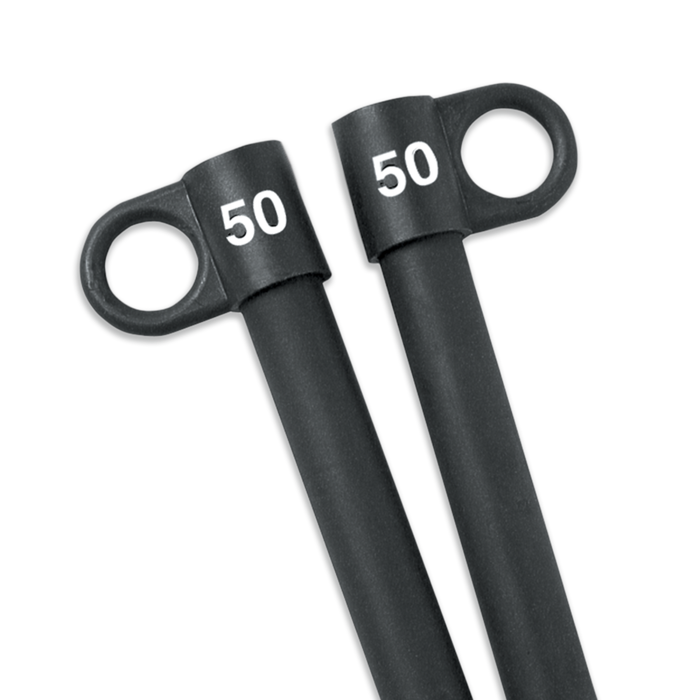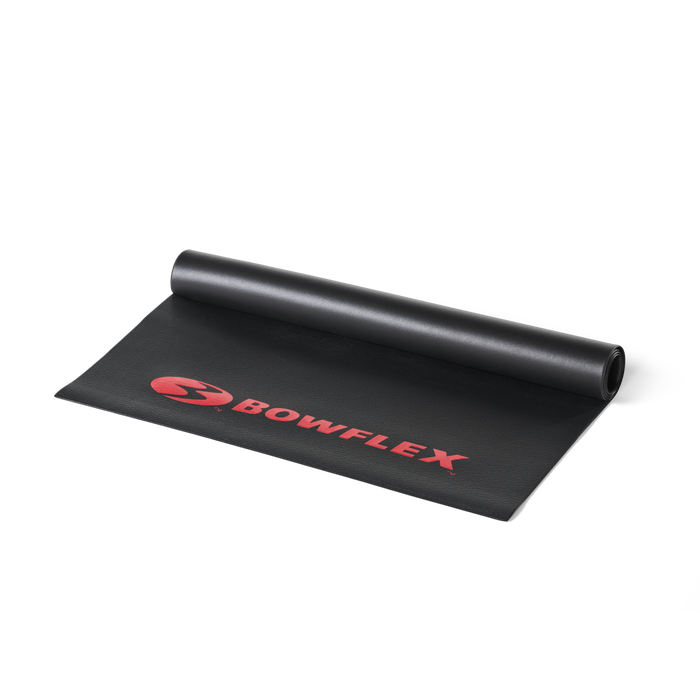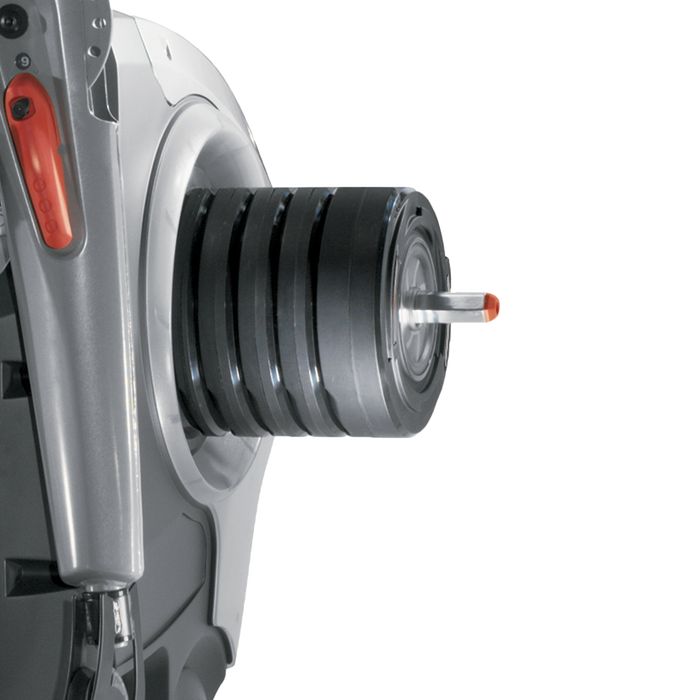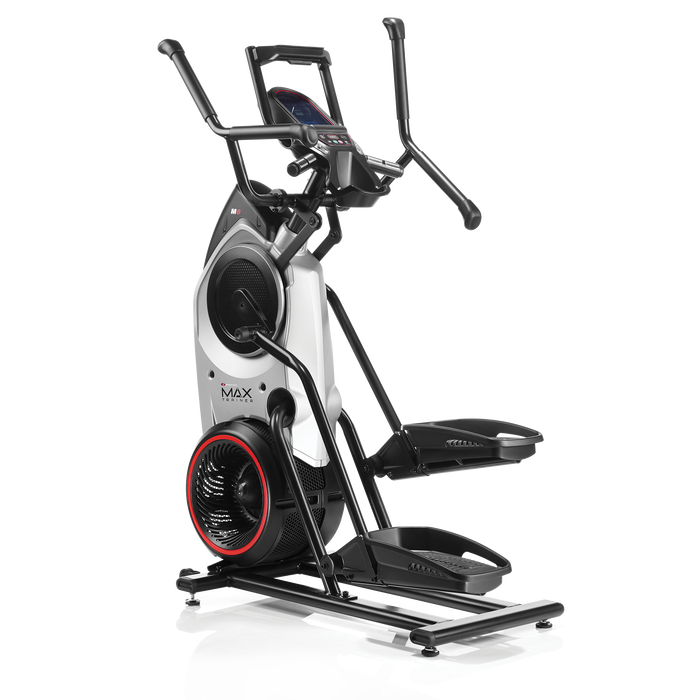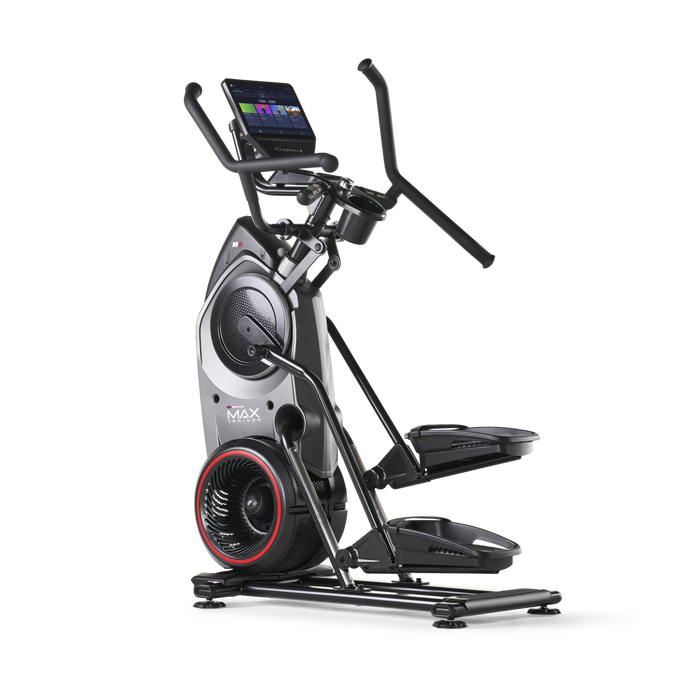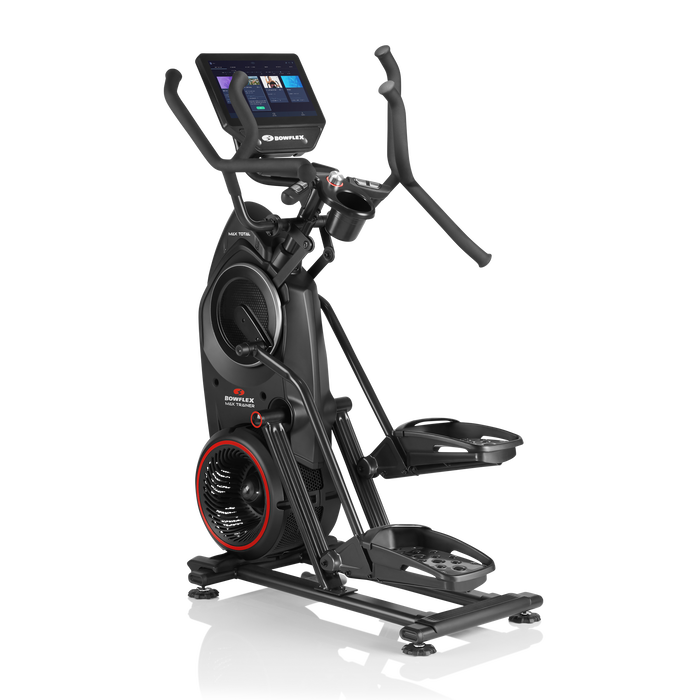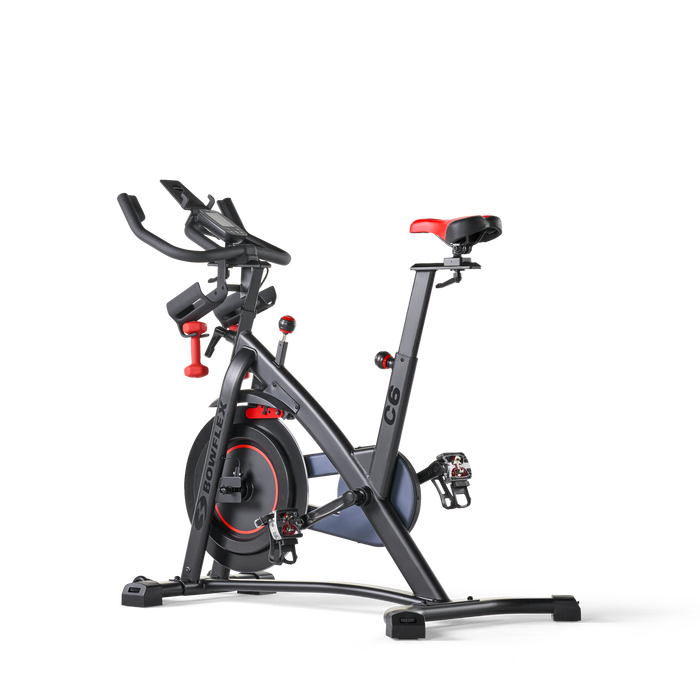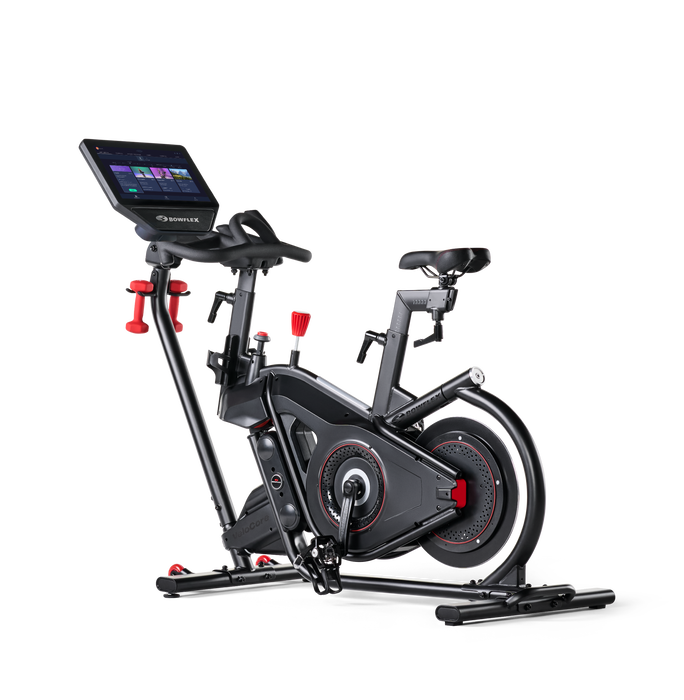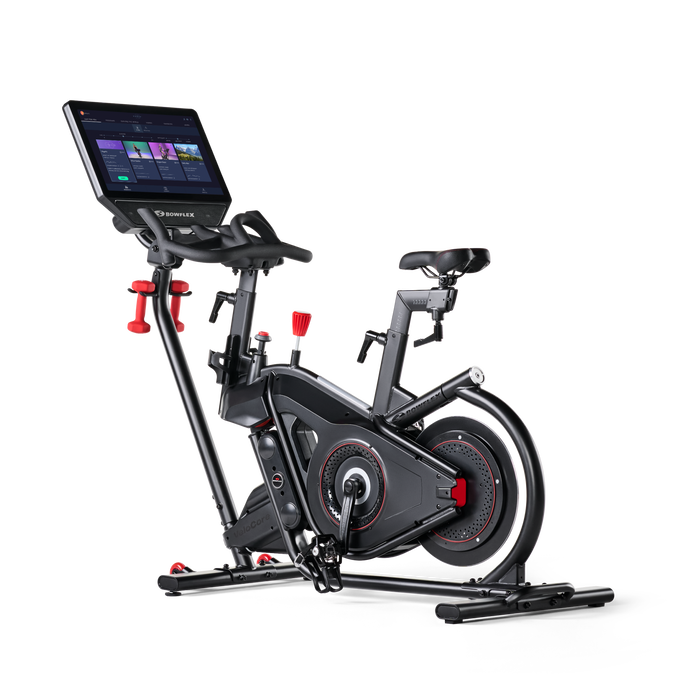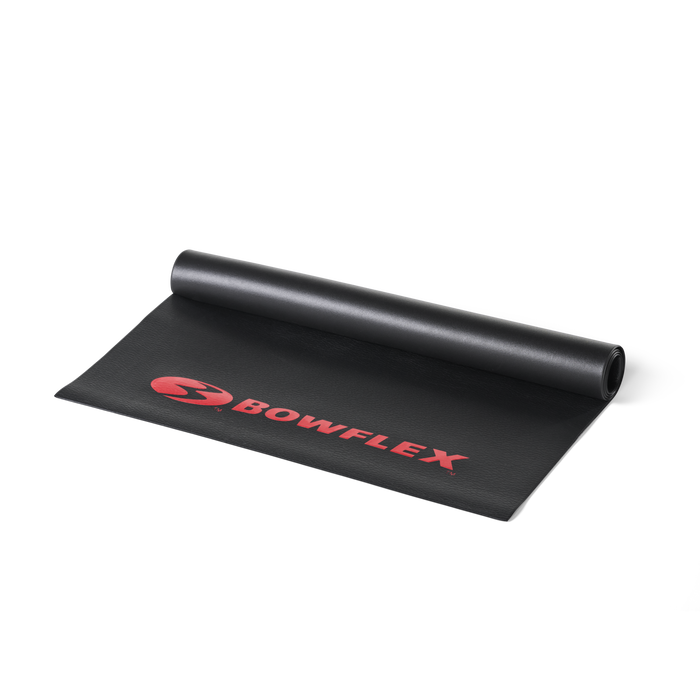Fit Tip: Get Lean and Fit For Summer

If you haven't started working on getting lean for summer, don't worry it's not too late. This article help get you started by outlining a plan to lose bodyfat and improve your cardiovascular conditioning over the next month.
Like I mentioned in a previous article, the first order of business is to get your nutrition in order. Diet is the key. Find out how many calories you are consuming to maintain your current weight and create a deficit (eat less than your body needs to maintain your current bodyweight). There are numerous apps that track calories and are helpful to monitor your food intake.
Training to Get Lean
Since you will be in a caloric deficit, your workouts won't be grueling heavy-duty sessions that require a ton of recovery. Your training will be less about crushing yourself to exhaustion or lifting as much as possible and more centered on maintaining a solid base of strength and muscle.
Keep the workouts short and sweet. Stimulate, don't annihilate. You can do all the same exercises, just don't worry about adding weight to the bar each workout. Now is not the time to strive for personal records. Your goal is to get lean. That is priority number one and requires focused energy.
If your workouts generally take forty-five minutes, you can shorten them to thirty minutes and use the extra time for some additional cardio, namely interval training. Depending on how many days per week you go to the gym, you can set up your workouts in a full-body training style or an upper/lower body split. Generally, if you are working out three days per week, you can perform full-body workouts. If you are hitting the gym four days per week, an upper/lower body split works well.
Move through your sessions at a brisk pace with minimal rest periods. You're on a mission and it doesn't involve sitting on a machine watching the news or scrolling through Facebook. Your target is less bodyfat and improved heart-health so we aren't trying to break records on the lifting. Push hard but don't get caught up in the numbers right now.
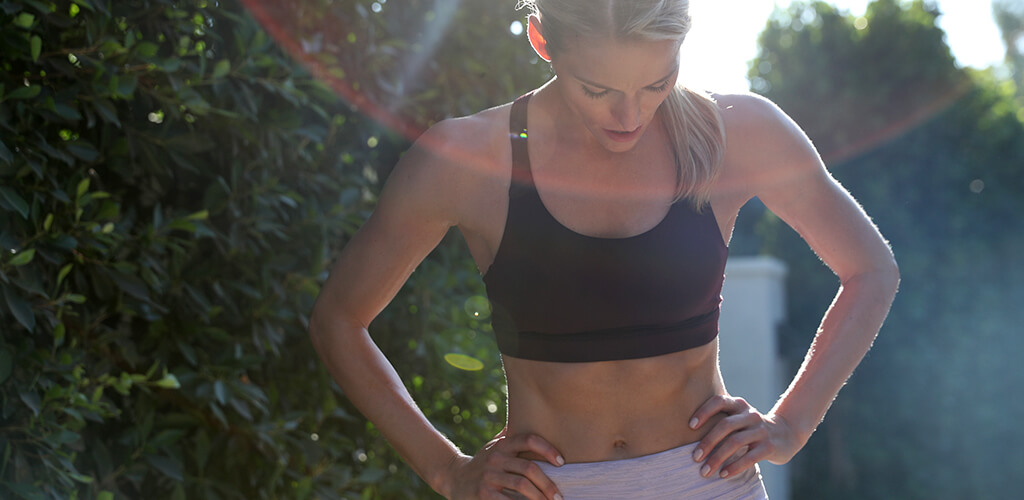
Daily Activity
Besides your diet and workouts, you need to be moving as much as possible throughout each day. Daily walks are recommended. Using a step tracker is helpful. Aim for at least 10,000 steps per day, If you work a desk job obviously it will be a challenge, but you can do it by getting up and walking around as much as possible throughout the day. Even when you are sitting you can move around. Get up and squat down to your desk chair every half hour, Do a few pushups every hour. MOVE as much as you can.
Interval Training
When your body (and mind) adapts to the additional daily activity (usually a week or two) add in one day of high intensity intervals. Fifteen minutes is all you need. After another week or two you can add in some finishers. 5-10 minutes at the end of your regular training sessions. Finishers can be anything from a circuit of bodyweight exercises done with limited to no rest, or a combination of dumbbells, kettlebells, sleds, row machines, Airdyne bikes etc.. you are only limited by your own imagination. The purpose of a finisher is to exhaust the reserves in your body to the point where you have nothing left physically and mentally. They are a great challenge that you can mix in occasionally. There's no need to do them daily as you will risk burn-out if you push to the brink of exhaustion every session.
By the end of the month you will be working out 3-4 days a week with your regular weight training, walking daily, performing 1-2 quick high-intensity interval sessions and/or a few finishers. When you get your diet in check 80-90% of the time and follow the suggestions in this article, you will see great results in a month-six weeks.
Good luck and take some before and after pics, as they are great motivation to keep going when you can see exactly how far you've come!
You may also like
A Simple Formula To Get Lean and Strong


